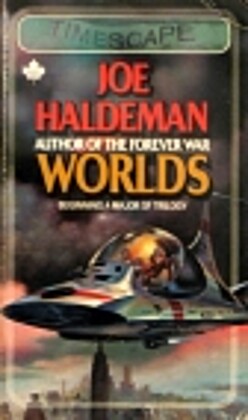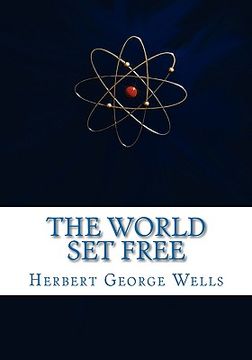


Often called the father of science fiction, British author Herbert George (H. "Sinopsis" puede pertenecer a otra edición de este libro. I suppose a desire not to shock the sceptical reader's sense of use and wont and perhaps a less creditable disposition to hedge, have something to do with this dating forward of one's main events, but in the particular case of The World Set Free there was, I think, another motive in holding the Great War back, and that was to allow the chemist to get well forward with his discovery of the release of atomic energy." The war aeroplane in the world of reality, for example, beat the forecast in Anticipations by about twenty years or so. As a prophet, the author must confess he has always been inclined to be rather a slow prophet.

He may naturally want to know the reason for what will seem now a quite extraordinary delay. The reader will be amused to find that here it is put off until the year 1956. Every intelligent person in the world felt that disaster was impending and knew no way of averting it, but few of us realised in the earlier half of 1914 how near the crash was to us.

"The World Set Free was written under the immediate shadow of the Great War. Wells used this as the basis for his story."The World Set Free" book has a beautiful glossy cover and a blank page for the dedication. Scientists of the time were well aware that the slow natural radioactive decay of elements like radium continues for thousands of years, and that while the rate of energy release is negligible, the total amount released is huge. Always down a lengthening record, save for a set-back ever and again, he is doing more." (Many of the ideas Wells develops here found a fuller development when he wrote The Outline of History in 1918-1919.) The novel is dedicated "To Frederick Soddy's Interpretation of Radium," a volume published in 1909. Man is the tool-using, fire-making animal. The novel begins: "The history of mankind is the history of the attainment of external power. A frequent theme of Wells's work, as in his 1901 nonfiction book Anticipations, was the history of humans' mastery of power and energy through technological advance, seen as a determinant of human progress. It had appeared first in serialised form with a different ending as A Prophetic Trilogy, consisting of three books: A Trap to Catch the Sun, The Last War in the World and The World Set Free. The book is based on a prediction of nuclear weapons of a more destructive and uncontrollable sort than the world has yet seen. The World Set Free is a novel written in 1913 and published in 1914 by H.


 0 kommentar(er)
0 kommentar(er)
